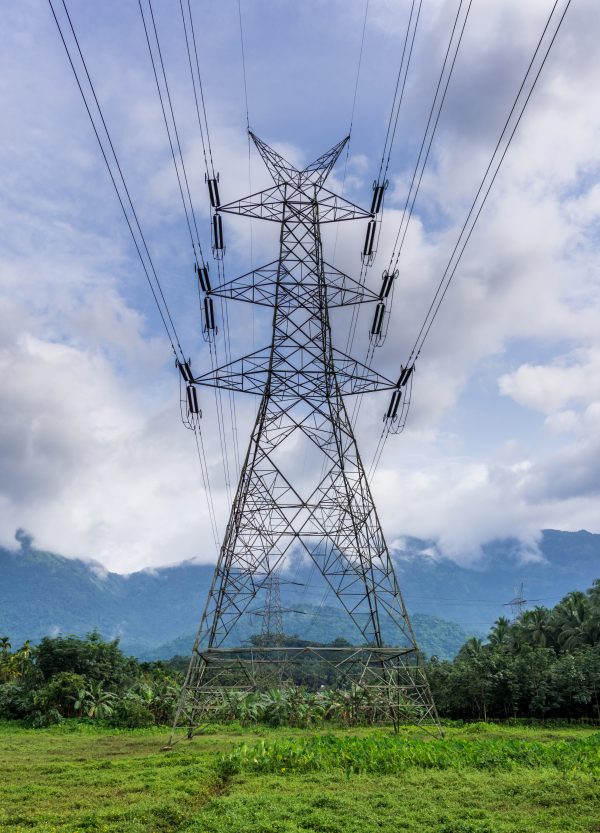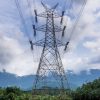Electric Tower
Electric Transmission and Transmission Facilities
Electric transmission is the process by which electricity is transported over long distances to consumers. New electric transmission facilities will be required for some new wind energy facilities.
- Description
- Reviews (0)
Description
Electric Transmission
Electric transmission is the process by which large amounts of electricity produced at power plants, such as industrial-scale wind facilities, is transported over long distances for eventual use by consumers. In North America, electricity is sent from power plants to the North American transmission grid, a network of electric transmission lines and associated facilities in the United States, Canada, and Mexico. Due to the large amount of power involved, and the properties of electricity, transmission normally takes place at high voltage (69 kV or above). Electricity is usually transmitted to a substation near a populated area. At the substation, the high voltage electricity is converted to lower voltages suitable for consumer use, and then transmitted to end users through relatively low-voltage electric distribution lines.
For newly constructed wind energy facilities, if no existing suitable transmission facilities are available, new transmission lines and associated facilities will be required. The construction, operation, and decommissioning of high-voltage transmission lines and associated facilities would create a range of environmental impacts. The type and magnitude of the impacts associated with transmission line construction, operation, and decommissioning would vary depending on line type and size, as well as the length of the transmission line, and a variety of other site-specific factors.
The main components of high-voltage electric transmission lines and associated facilities include:
Transmission Towers
Transmission towers are the most visible component of the electric transmission system. Their function is to keep the high-voltage conductors (cables that transmit the electricity) separated from their surroundings and from each other. A variety of tower designs exist that commonly employ an open lattice work or a monopole. Transmission towers are generally very tall metal structures (a 500 kV tower might be 150 feet tall with crossarms as much as 100 feet wide).
Conductors (Transmission lines)
Conductors are the cables that carry the electricity to and through the grid to consumers. Generally, several conductors are strung on a tower for each electrical circuit. Conductors are constructed primarily of twisted metal strands, but newer conductors may incorporate ceramic fibers in a matrix of aluminum for added strength with lighter weight.
Substations
The high voltages used for electric transmission are converted for consumer use to lower voltages at substations. Substations vary in size and configuration but may cover several acres; they are cleared of vegetation and typically surfaced with gravel. They are normally fenced, and are reached by an associated access road. In general, substations include a variety of structures, conductors, fencing, lighting, and other features that result in an “industrial” appearance.
Rights of Way
The right of way (ROW) for a transmission corridor includes land set aside for the transmission line and associated facilities, needed to facilitate maintenance, and to avoid risk of fires and other accidents. It provides a safety margin between the high-voltage lines and surrounding structures and vegetation. Some vegetation clearing may be needed for safety or access. A ROW generally consists of native vegetation or plants selected for favorable growth patterns (slow growth and low mature heights). However, in some cases, access roads constitute a portion of the ROW and provide more convenient access for repair and inspection vehicles. The width of a ROW varies from 50 ft. to approximately 175 ft. or more, depending on the voltage rating of the line.
Access Roads
Access routes to transmission structures for both line construction and maintenance are normally required, and may be paved or graveled. Vegetation clearing and recontouring of land may be required for access road construction. Additional temporary roads may also be needed during the construction and decommissioning phases of a transmission line project.




Reviews
There are no reviews yet.